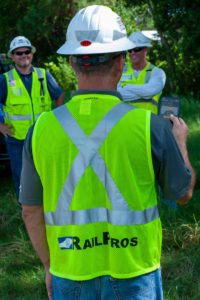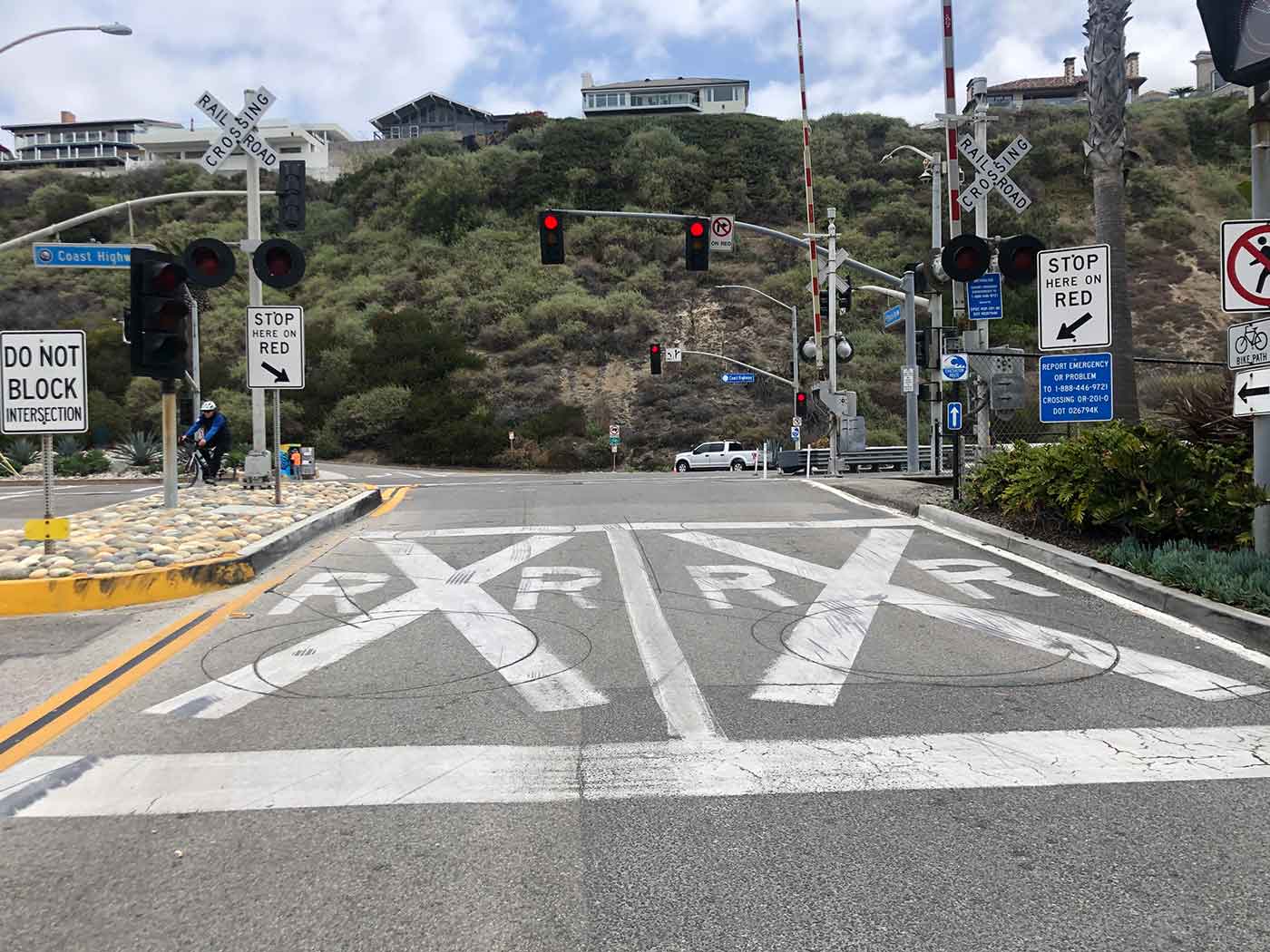
It can take a mile or more for a train to stop. Plus, unlike a car, bicycle, or your feet – a train cannot deviate from its course. This matters because at grade crossings (where a road crosses a railway at the same level) you won’t win a head-to-head with a train.
Whether you live in an urban setting or a rural area, odds are pretty high that you will cross at least one railroad track on a weekly – if not daily – basis. In the United States alone, there are more than 200,000 grade crossings (a crossing where a road and a railway intersect at the same level).
Operation Lifesaver, a nonprofit organization dedicated to rail safety education, is celebrating its 50th year in 2022; and its sixth Rail Safety Week September 19-25. At RailPros, our dedication to rail safety includes participating in Rail Safety Week and doing our part to help people understand how to safely cross the tracks. Here are 5 things to keep in mind when you’re approaching a grade crossing.
- Look both ways
Whether you are on foot or in a vehicle, always look both directions for the approach of an oncoming train when approaching a railroad crossing.
- Limit distractions
Be aware of your surroundings and avoid using your phone, wearing headphones or earbuds (if walking), or other distractions when you’re near the tracks.
- Follow the law
Designated crossings are the only safe, legal way to cross the railway. You should never attempt to cross railroad tracks anywhere else. Laws also prevent using railroad tracks or bridges to hunt, fish, bicycle, take photographs, walk, jog, etc. Railroad tracks, rail yards, equipment, and trestles are private property, and you may be fined or even arrested if you trespass.
- Don’t get stuck
Do not cross the tracks (even if your light is green) if there is not sufficient space on the other side for your vehicle to safely clear them. You should always try to leave at least 15 feet between your car and the railway, as trains overhang the tracks.
- If you do get stuck – leave your vehicle
If for some reason your vehicle stalls or gets stuck on the tracks, you should immediately get yourself and anyone else to a safe distance. This is important even if you do not see a train approaching. Look for a blue and white Emergency Notification System (ENS) sign and call the listed number. Provide the dispatcher the crossing number that is indicated on the ENS sign. If you do not see a sign, call 911. The ENS phone number can also be used to report other hazards on the track, including debris, people, or damaged rail.
By being mindful of our surroundings near railroad tracks we can all help #STOPTrackTragedies.
